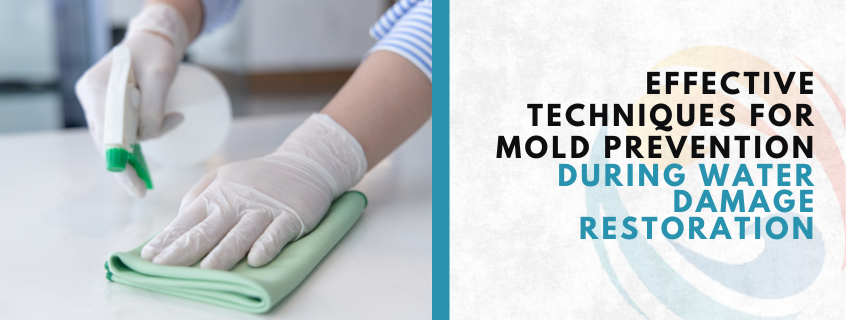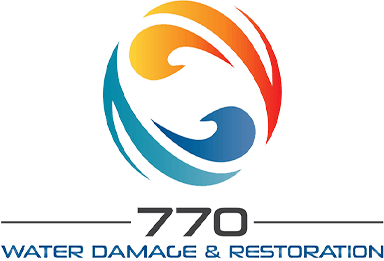
Water damage can be one of the most stressful experiences for homeowners. Imagine you’ve just come home from a long day at work, only to discover a pipe burst. The floor is soaked, and you realize you’re not just dealing with inconvenience; potential mold grows with every second the water remains. Knowing effective techniques for mold prevention during water damage restoration is crucial. It can save your home and health. Implementing techniques for mold prevention can significantly reduce risks and protect your living environment.
Understanding the Dangers of Mold
Firstly, it’s important to understand why mold becomes a concern after water damage. Mold spores are everywhere, and they thrive in damp conditions. If water is not quickly and effectively eliminated, it sets the stage for mold growth. Mold can affect both the structural integrity of your home and your health, causing respiratory issues and allergies.
Understanding the techniques for mold prevention is essential to keep your home free from mold spores.
Quick Response is Key
One of the most effective techniques for mold prevention starts with a rapid response to water damage. When water enters your home, time is of the essence. The quicker you act, the lower the risk of mold.
Utilizing techniques for mold prevention can help you address issues early and avoid extensive damages later. These techniques for mold prevention will ensure your home remains safe and healthy.
- Remove Water: Use a wet/dry vacuum to pump out standing water within 24 to 48 hours. If it’s a large area, consider reaching out to professionals.
- Dry the Area: Open windows, use fans, and consider dehumidifiers to speed up the drying process. Ideally, indoor humidity should be kept below 60%.
Assessing the Situation
Next comes an important step: assessing the damage. Identify all affected areas, including hidden spots like behind walls and under floors. Don’t forget about your belongings. Carpets and furniture that have absorbed water can harbor mold.
These techniques for mold prevention allow homeowners to take proactive measures and safeguard their property.
- Check for Hidden Water: Look for soggy areas, especially in places that don’t dry quickly, like bathrooms or basements.
- Salvage What You Can: Remove items that can’t be dried, such as cardboard or wet upholstery. These should be discarded properly.
Cleaning and Sanitizing
To effectively prevent mold, the cleaning process should not be taken lightly. Use proper cleaning agents, especially when dealing with porous materials like wood or drywall.
Maintaining a clean environment is one of the most effective techniques for mold prevention.
Utilizing techniques for mold prevention can significantly enhance the quality of your indoor air.
- Sanitize Affected Surfaces: Use solutions with a mixture of water and bleach (1 cup of bleach to 1 gallon of water) but remember to wear protective gear like gloves and masks.
- Consider Specialized Cleaners: In some cases, you might want to explore mold-removal products that help inhibit mold growth.
Sealing gaps is one of the techniques for mold prevention that can prevent moisture buildup.
The Right Temperature and Humidity Control
Monitoring your home is an ongoing technique for mold prevention that can save you from serious issues.
Controlling the environment is a critical technique for mold prevention. Mold spores thrive in warm, humid conditions, so keeping a cool, dry environment is essential.
- Maintain a Temperature Below 70°F: This can slow down mold growth significantly. Air conditioning can help maintain cooler temperatures and lower humidity.
- Use Dehumidifiers: Especially in areas prone to moisture like basements, dehumidifiers can help keep humidity levels in check.
Sealing and Insulating
Education is key; learning about techniques for mold prevention is vital for homeowners.
Once the area is dry and clean, consider sealing and insulating affected areas to prevent future problems. From basement walls to windows, sealing gaps can prevent moisture from infiltrating your home.
- Insulate Pipes: Wrap insulation around pipes to prevent condensation buildup.
- Seal Cracks and Gaps: Use caulk or foam sealants around windows and doors to block moisture.
Incorporating techniques for mold prevention into your routine can enhance your home’s safety.
Monitor the Area
By employing these techniques for mold prevention, you can maintain a healthier home.
After restoration and cleanup, it’s wise to keep an eye on previously affected areas. Regular monitoring can help catch potential mold growth before it becomes a problem.
- Visual Inspections: Check areas beneath sinks, around toilets, and in attics periodically.
- Utilize Moisture Meters: Consider investing in a moisture meter to detect hidden moisture levels in your home.
These techniques for mold prevention form the foundation of effective home maintenance.
Educate Yourself on Mold Prevention
As a homeowner, educating yourself about mold is one of the best techniques for mold prevention. Understand how mold grows and what conditions encourage its proliferation.
- Learn the Signs of Mold: Familiarize yourself with the signs of mold growth—musty odors, discoloration on surfaces, or persistent humidity.
- Know When to Call Professionals: If you spot mold growth, especially in large amounts, seek professional mold remediation services. They possess the right tools and expertise to tackle the situation effectively.
Customer-Centric Approach
At 770 Water Damage & Restoration, we prioritize our customers’ concerns and understand the fears that accompany water damage. By following effective techniques for mold prevention during the water damage restoration process, we help ensure a safe and healthy home environment.
- Personalized Consultations: We offer tailor-made consultations to assess your situation and provide customized solutions that consider your specific needs.
Conclusion
Mold prevention during water damage restoration is not just about cleaning; it’s a comprehensive approach to ensuring a safe living environment. Effective techniques such as quick response, thorough cleaning, environmental control, and ongoing monitoring can significantly mitigate mold risks. Your health and your home are worth the effort, and with the right strategies.
Concise FAQs about Mold Prevention During Water Damage Restoration
What should I do first after water damage?
Immediately turn off electricity, remove standing water, and dry the area with fans and dehumidifiers. For professional assistance, contact 770 Water Damage & Restoration.
How can I prevent mold after a flood?
Thoroughly clean and sanitize affected areas, ensuring all moisture is removed. Regular inspections can help catch hidden dampness. Trust 770 Water Damage & Restoration for expert support.
Can I remove mold myself, or should I hire professionals?
For small areas, DIY cleanup is possible, but extensive mold growth requires professional help. 770 Water Damage & Restoration specializes in safe and effective mold remediation.
What products help control mold growth?
Use antifungal agents and specialized mold removers. 770 Water Damage & Restoration employs top-quality products to ensure your home stays mold-free.
How do I know if my home is at risk for mold?
Look for musty odors, visible mold, and high humidity levels. For thorough assessments, rely on 770 Water Damage & Restoration to help prevent mold after water damage.


